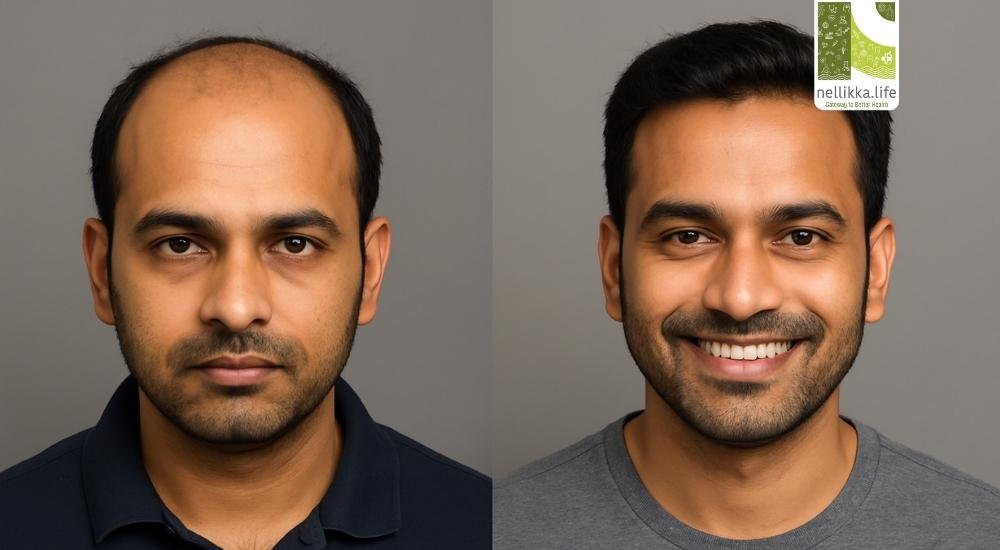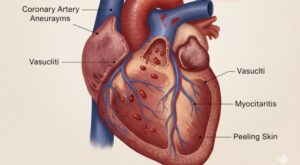Regrowing Confidence: The Science and Process Behind Hair Transplants

Hair loss can deeply affect a person’s confidence, self-image, and emotional well-being. With advances in medical science, Hair Transplantation has emerged as a leading solution for people experiencing permanent hair thinning or baldness. But what exactly happens during a hair transplant? Is it permanent? Is it scientifically safe? Let’s explore the answers based on evidence.
What is Hair Transplantation?
Hair transplantation is a minimally invasive surgical procedure where hair follicles are removed from one part of the body (called the “donor site”) and transplanted to areas experiencing baldness or thinning (called the “recipient site”).
Primarily used to treat androgenetic alopecia (commonly known as male or female pattern baldness), hair transplants are now also used to restore eyebrows, beards, and even eyelashes.
Types of Hair Transplant Procedures
There are two widely practiced, scientifically validated methods:
1. FUT (Follicular Unit Transplantation)
- A strip of scalp is surgically removed from the donor area (usually the back of the head).
- Hair follicles are dissected under a microscope and transplanted to balding areas.
- Leaves a linear scar but allows transplantation of a larger number of grafts.
2. FUE (Follicular Unit Extraction)
- Individual hair follicles are harvested directly from the donor site using micro-punches.
- Minimally invasive, with no linear scar, faster recovery.
- Preferred for smaller areas or patients requiring quick recovery.
Scientific Evidence:
A study in the Journal of Cutaneous and Aesthetic Surgery (2014) compared FUE and FUT, confirming both are effective, with FUE being more patient-friendly for smaller sessions but FUT yielding higher graft numbers for larger bald patches .
The Science Behind Hair Transplants
✔️ Transplanted hair follicles retain the genetic resistance of the donor area, making them less susceptible to balding.
✔️ The anagen phase (growth phase) of hair continues post-transplantation, ensuring natural growth cycles.
✔️ Studies indicate a 90–95% survival rate of transplanted grafts when performed by experienced surgeons .
✔️ Modern techniques, such as microsurgery and platelet-rich plasma (PRP) adjuncts, further enhance results and healing.
Who is an Ideal Candidate?
- Individuals with stable hair loss patterns
- Sufficient donor hair availability
- Good general health
- Realistic expectations
Hair transplantation is not ideal for individuals with widespread hair loss due to medical conditions like alopecia areata or scarring disorders.
Is Hair Transplantation Permanent?
While transplanted hair is genetically resistant to balding, natural hair thinning can continue. Hence, future sessions may be needed for some individuals. However, the transplanted hair typically grows for life, providing long-term coverage.
Risks and Side Effects
As with any surgical procedure, risks include:
Infection (rare with proper hygiene)
Bleeding or swelling
Temporary shedding of transplanted hair (shock loss, which regrows)
Scarring (more common with FUT)
Scientific literature confirms that with skilled execution, complications are minimal, and patient satisfaction rates are high .
Latest Advancements in Hair Restoration
Robotic Hair Transplants (ARTAS System): AI-assisted graft harvesting for precision
PRP Therapy: Platelet-rich plasma injections to enhance graft survival and promote native hair health
Bio-enhanced Techniques: Use of growth factors to speed recovery and results
Global and Indian Context
Hair transplantation is gaining popularity worldwide, especially in India, due to:
Availability of skilled surgeons
Advanced technology
Cost-effectiveness compared to Western countries
India has become a hub for medical tourism in hair transplantation, with cities like Mumbai, Delhi, and Bangalore leading in global patient inflow.
Conclusion: Should You Consider a Hair Transplant?
Hair transplantation, backed by decades of scientific refinement, offers a reliable, natural-looking solution to hair loss. It’s a personal decision that should be made after consulting qualified professionals, understanding expectations, and considering long-term maintenance.
If hair loss is affecting your confidence or quality of life, exploring this scientifically proven option under expert guidance may be life-changing.
References :
1. Hair Transplantation
2. Using the follicular unit extraction technique in treatment of male androgenetic alopecia
3. The future of Hair Transplantation




